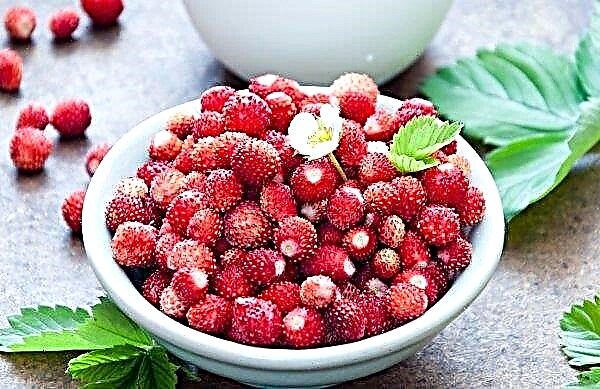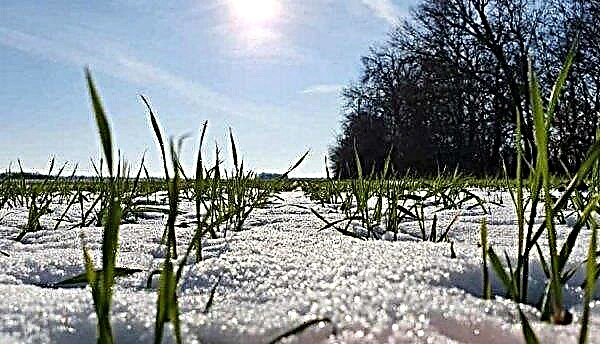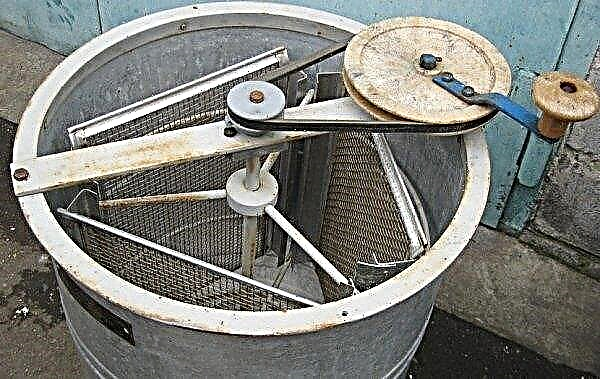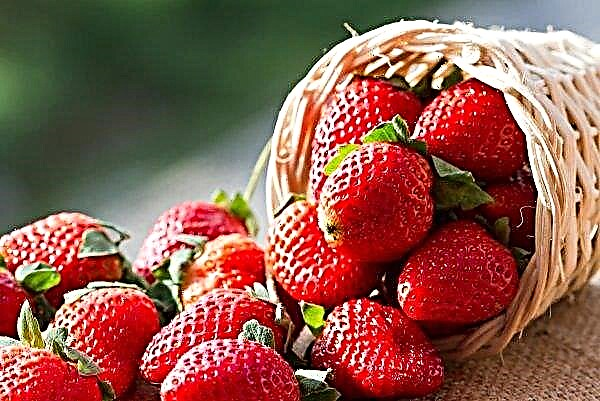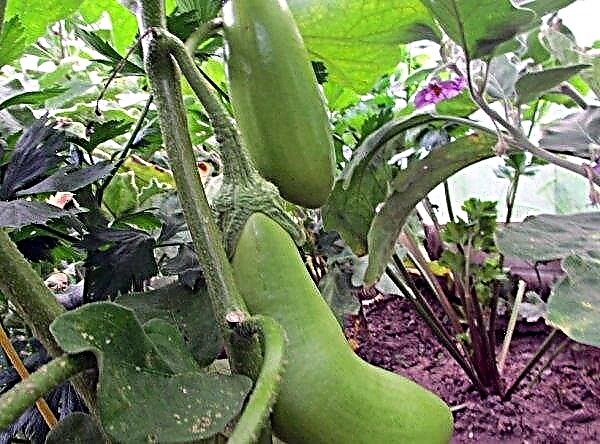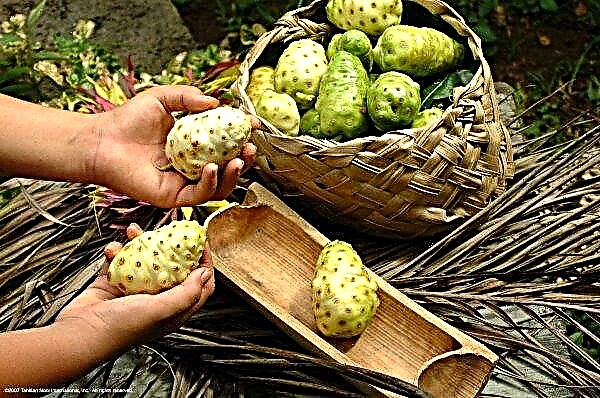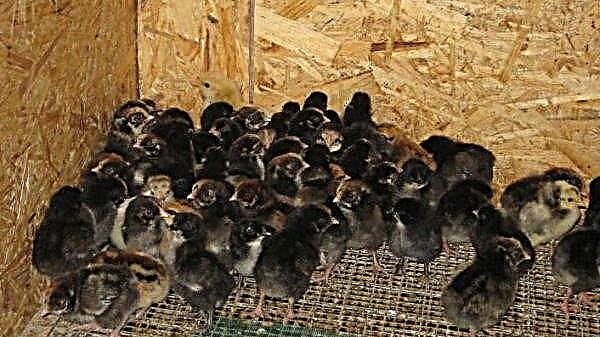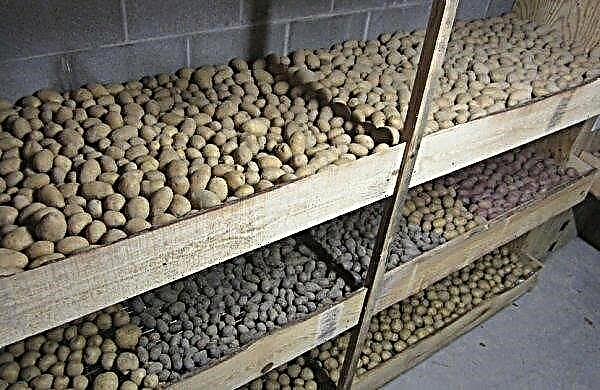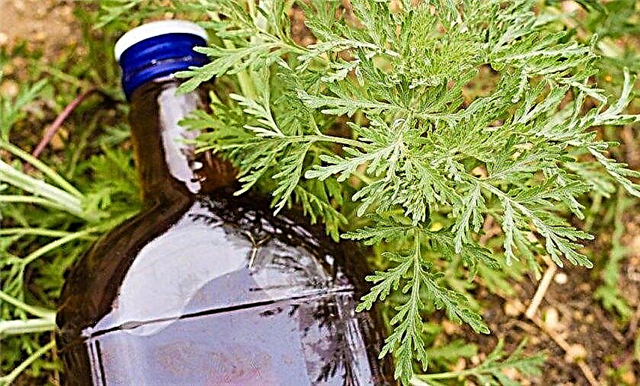Since ancient times, honey has been known to mankind not only as a sweet treat, but also as a medicine and prophylactic for many diseases. Not lost the product of its importance in our time. Unfortunately, the demand and a rather high price played a cruel joke with him: they learned how to fake honey with sufficient quality. In order not to be a victim of unscrupulous sellers, before buying a treat should be checked for naturalness.
What are the signs of low-quality honey?
First of all, it is necessary to say about the most characteristic features of a low-quality product:
- The contents of the jar have almost absolute transparency and shine like amber. This circumstance, most likely, indicates the heat treatment to which honey was subjected, and this practically deprives it of its useful qualities.
- During transfusion from one container to another, the contents are foamed. Probably, before you is not fully ripe beekeeping product.
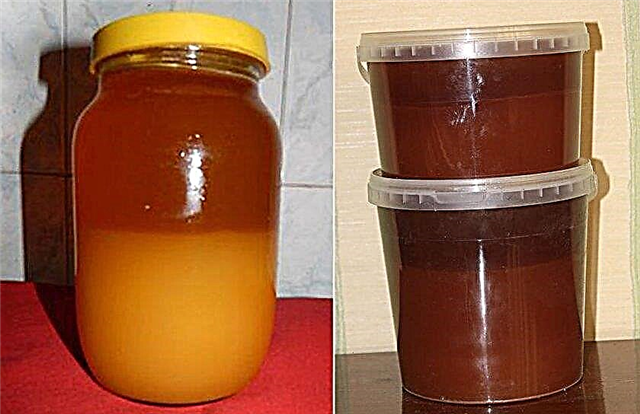
- White matte color and almost complete absence of a characteristic bouquet. Most often, it looks like the substance in which sugar is added.
- The contents of the can are divided into fractions: at the bottom is thick, above is liquid (this symptom does not apply to May honey).
- Last year's honey remains in a liquid state. Any high-quality product should crystallize by the beginning of winter, in extreme cases, by the end of the year.
- The product offered to you is contained in a plastic, tin or galvanized container.
- Unusual taste (acid, bitterness, caramel flavor), as well as undissolved particles remaining in the mouth.
Important! Do not put honey in a liquid (tea or milk) heated to 40 ° C. At this temperature, the beneficial properties are reduced, and with a further increase in temperature they are generally lost. For the same reason, it is not necessary to melt it, for example, to transfer the remainder from the can into a smaller tank.
Unpleasant finds in honey
In the event that you become a victim of an unscrupulous manufacturer (distributor), in addition to the main beekeeping product, such substances are most often found in containers with delicacies:
- granulated sugar (powder, syrup);
- starch;
- syrup;
- flour;
- semolina:
- gelatin;
- water;
- lemon acid;
- tragacanth;
- wax;
- ash residue;
- sodium bicarbonate;
- clay;
- a piece of chalk;
- calcium lime;
- various thickeners used in the food industry;
- gypsum.
It should be said that all of the above supplements are unlikely to harm your health, but the benefits of such a product are also small. In fact, at best, you buy sugar at a very high price.

How to test honey with iodine at home
Perhaps the most commonly encountered is a falsified product in which starch or flour is added. Starch is a thickener (like flour, it also contains starch). The mechanism of such manipulations is based on this quality of these carbohydrates. Having added, say, in 2.7 liters of natural honey 0.3 liters of water with flour or starch, the fraudster receives 3 liters of counterfeit, which is practically indistinguishable from the natural product.
However, there is a simple and absolutely accurate method that allows you to check if the substance that you are offered contains starch. Below we will describe in more detail how to conduct a check and what is needed for this.
Important! In 98% of cases, the cause of an allergic reaction to honey is sugar residues from cane, which is a sign of unacceptable feeding of bees with this substance, and pollen.
What is needed
To determine the authenticity of the product you will need:
- the substance being tested - 1 teaspoon;
- water - 1 cup;
- 5% iodine solution - 3-5 drops.
Video: Checking honey with iodine
Verification technology
The procedure itself is extremely simple:
- Pour water heated to 30–36 ° С into a glass.
- In a glass, stir 1 teaspoon of the tested substance until completely dissolved.
- Drop the above amount of iodine into the resulting liquid.
- If iodine dissolves without a trace (a subtle orange hue may appear), then the contents do not show signs of starch (flour). If the liquid has acquired a blue (indigo) color - there is a reaction of iodine to starch. You should refuse to purchase such a product.
Did you know? To produce 1 gram of honey, one bee collects nectar from 1 thousand melliferous flowers.
How to check honey without iodine: evaluate the appearance
In addition to using iodine as a reagent, there are other ways to find out if a product is natural to you or not:
- Try rubbing a small amount of honey with your fingers. If it is completely absorbed and there is nothing left on the skin, then you can take it. Fake will leave sticky grains on the surface of the fingers.
- If the product is in a liquid state of aggregation, you can check the quality in this way: scoop it with a spoon and pour the contents back into the jar from a height of 10-15 cm. The natural product will slowly, smoothly drain, forming a small mound on the surface, which gradually dissolves in the total mass and the remainder will tend to stay on the spoon. A trickle of counterfeit, in contact with the surface, forms a spray.
- The mass of 1 liter of natural honey cannot be less than 1.38 kg.
- Place a small amount of the substance on a napkin and leave for 5 minutes. If after a specified time a wet circle appears, water is present in the composition.
Video: How to distinguish real from fake honey
- Dip a cracker into the test mass, wait 5 minutes. If the cracker, after the indicated time, remained callous, not softened, then you have a quality delicacy.
- Put a small amount of the substance on paper and set it on fire. Natural honey first melts and then boils. When burning, there should not be an unnatural flame color or smell of burnt sugar.
- Lower the stainless steel spoon heated to 50-60 ° C into the container. Natural honey will remain on the spoon, counterfeit will drain.
- The substance, which contains citric or any other acid, will clot when added to warm milk, which will not happen with a quality product.
- You can check the substance you are offering for the presence of chalk or lime in the following way: dissolve 1 teaspoon in a glass of water and add 1-2 tbsp. tablespoons of vinegar. If foam appears, then the composition contains chalk, lime or gypsum.
Did you know? The world leader in honey production is China, which produces annually over 300 thousand tons of healthy goodies. Following are the United States and Argentina, whose performance is approximately equal and amounts to about 80 thousand tons. The top ten world leaders also include Ukraine (5th place) and Russia (7th place), which produce 65 and 55 thousand tons, respectively.
Honey is an excellent natural remedy for many diseases, helps to increase immunity, is useful for both children and adults of different ages. But all this applies only to the choice of a natural product, for which you need to know how to identify the presence of additives and not become a victim of scammers.



